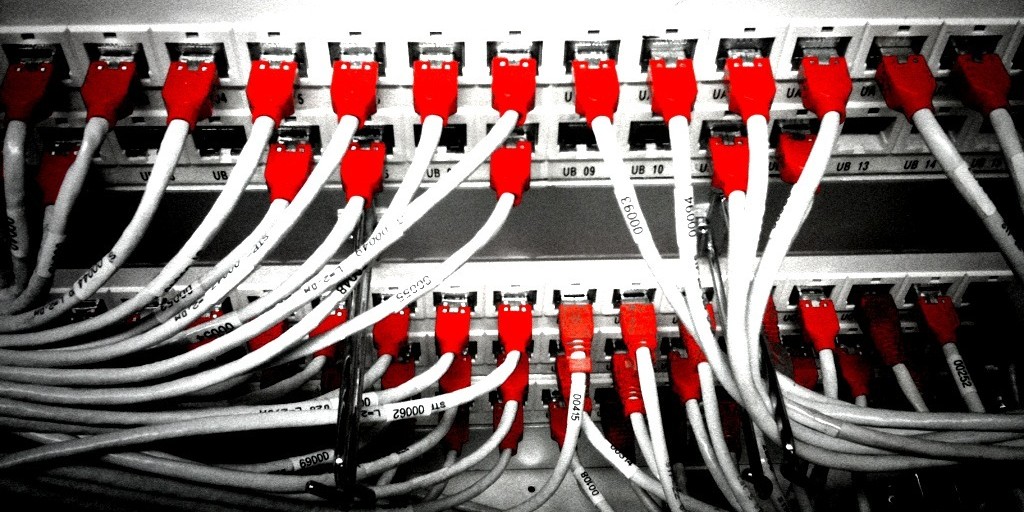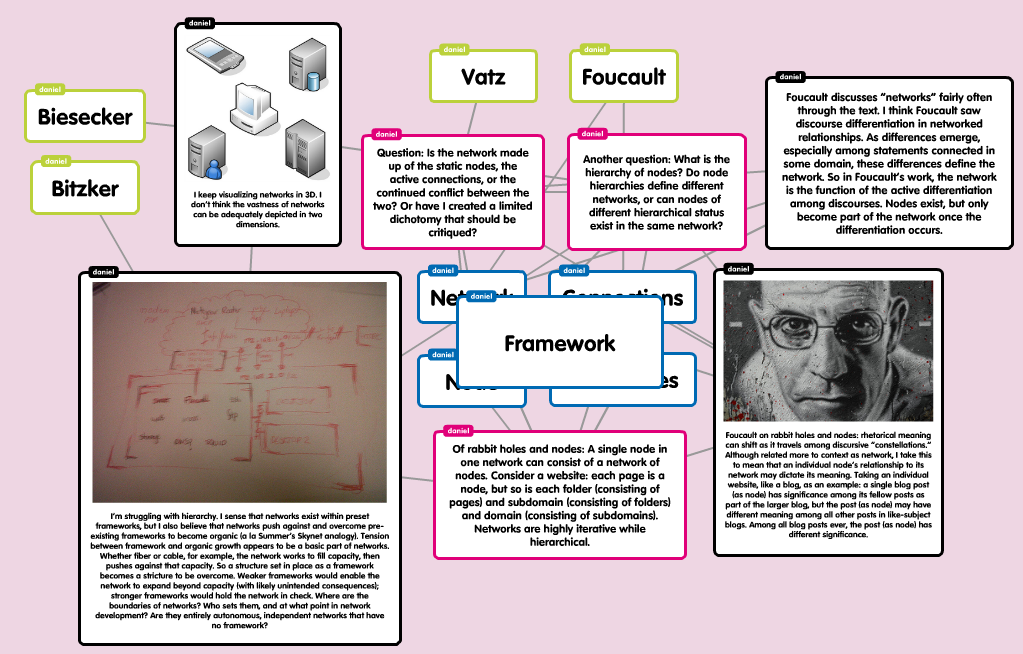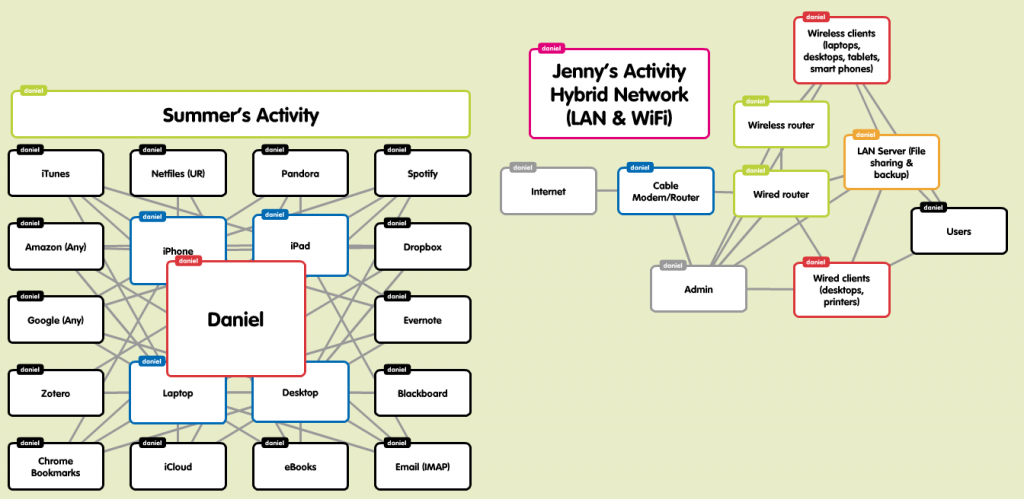Mind Map #2: So Foucault Enters this Rabbit Hole…

On Shelley’s recommendation, I started thinking about how our theorists begin answering the questions I posed in my initial mind map. And I started drawing connections between two sets of tags: the authors who represent theories we’ve studied and the terms network, node, hierarchies, and connections. What I discovered surprised me. I’ve already made more connections among hierarchies and connections than I have among network and node. At first blush, I figured the difference resulted from the simple fact that hierarchies and connections are more interesting than network and node. My updated mindmap appears below. (NB: Popplet embedding is not working correctly on updated WordPress platforms, so I’ve posted a linked screen capture instead.)

Popplet mindmap depicting week 2 update.
But that answer didn’t quite cut it. There’s more at work than mere interest or attraction. In my initial mindmap I asked whether networks were made up of nodes or connections. I’m beginning to think the answer is connections more than nodes. Obviously, one can’t have a network without nodes (at least I think that’s obvious—I may prove myself wrong yet), but the connections between the nodes are what activate the network.
The significance is that a network, however created and whatever its nodes and the nature of the relations among those nodes, must be activated. An inactive network is a collection of nodes without relations among them. Foucault makes this clear when he discusses ways in which statements can be described in terms of one another—in terms of their differences. Biesecker uses Derrida to suggest a similar concept. Statements or the discourses they contain remain undescribed until they are brought into relationship with one another and the differences are found among them. The discovery of those differences is what brings them into relationship with one another. Differentiation activates the network.
As part of last week’s asynchronous activities, I created two Popplet mindmaps: one representing a hybrid LAN/wifi network I developed and managed for a small office, the other representing the cloud and physical storage spaces I use for files. I’ve attached that Popplet below. (NB: Popplet embedding is not working correctly on updated WordPress platforms, so I’ve posted a linked screen capture instead.)

Popple mindmap depicting hybrid LAN/WIFI network and linked storage devices.
What I realized about each of these networks is that, until there is activity in the network, these are merely collections of nodes. The lines connecting nodes represent the activation of the network, the active relationship between nodes. Memory devices have little meaning, even if they contain most of my files, if I am not connecting to them to retrieve and store documents. My active searching, cataloging, filing, opening, editing, closing, even deleting files is what turns the collection of nodes into a network. As for the small office network I built and managed, it remained a collection of wires placed in sequences until I powered up the hardware router and the cable modem. Once those went live, the network activated. Until that moment, it represented only a collection of nodes arranged in a framework.
Perhaps frameworks are the prepared, ordered nodes ready for activation. The framework represents the ideal or theory of the network, but it is not itself the network. The framework makes possible the network, but only the active relationship between nodes in the framework is the network.
[Creative Commons image from Flickr user Martin Abegglan]

Love the visuals in the visualization (seriously); however, I think you’ve also helped yourself out a great deal by focusing on overarching concepts and how each theorist/theory adds to or approaches it.
Thanks! I’ve started to love Popplet. I’m getting ready to redo our School Org Chart in Popplet as an exercise in rethinking relationships among teams and leaders in our organization.